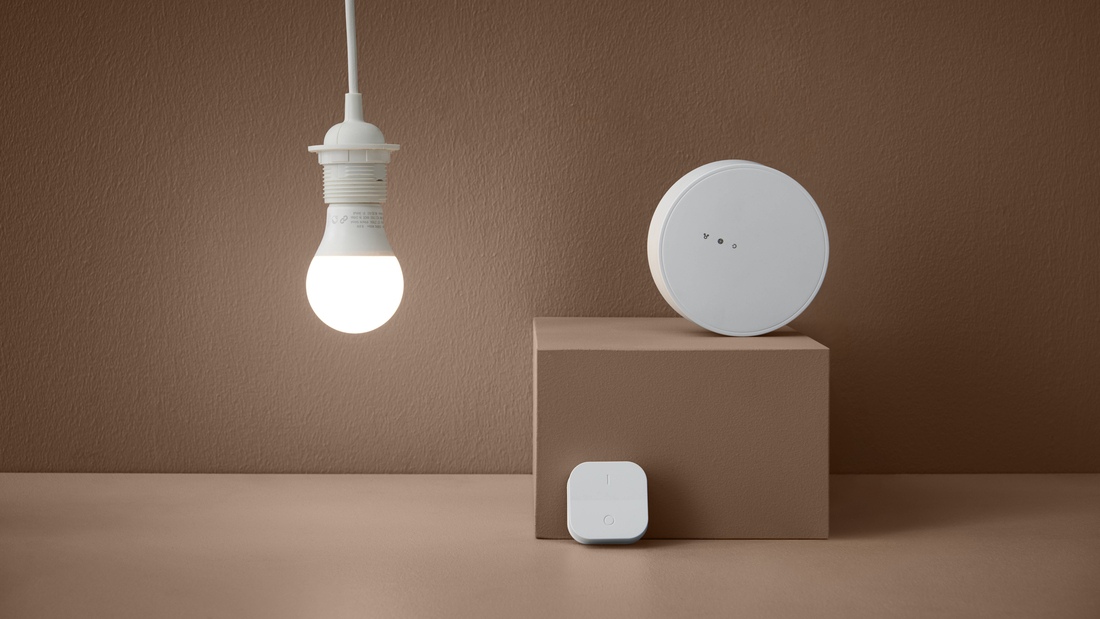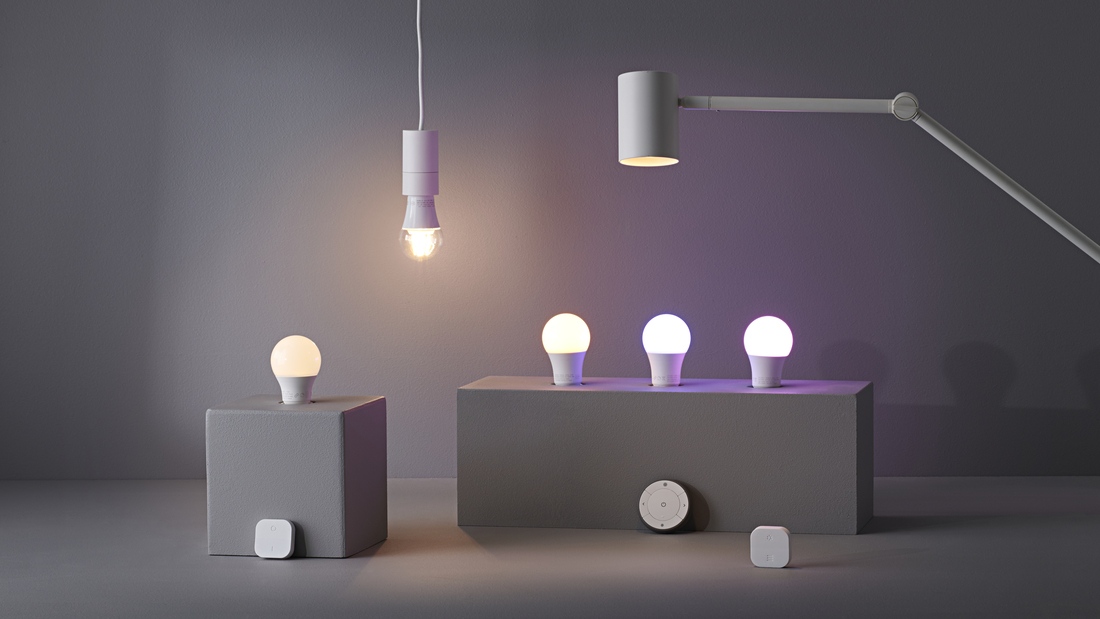How many watts of light do you need for a bedroom and other room?



Finding the right lighting for your bedroom and other spaces can be challenging. Understanding the ideal wattage for each room is essential to ensure the light produced meets your needs.
In a bedroom, for example, a lower wattage night light can create a cozy and calming atmosphere. Meanwhile, for bathrooms and workspaces, you may need higher wattage lights for brighter illumination.
In this article, we will discuss the appropriate wattage for each space to create an optimal atmosphere.
Choosing the right wattage is crucial for creating a comfortable atmosphere in the bedroom. The light produced not only serves to illuminate the room but also significantly affects comfort and sleep quality.
Proper lighting helps maintain the body's circadian rhythm, which is essential for quality sleep. A cozy and calm atmosphere can be achieved through appropriate lighting, supporting various activities in the room, such as reading or relaxing. Therefore, it’s important to select the right wattage according to your needs.
When choosing the wattage of lights, several factors should be considered to ensure optimal lighting. These factors include room size, activities performed, and the design of the lamp itself.
The size of the room directly affects the wattage required. Larger rooms generally need higher wattage to ensure even lighting throughout the area. Here is a general guide for choosing wattage based on room size:
It is important to understand that the larger the room, the more light is needed to achieve adequate illumination.
Different activities in the bedroom require different lighting levels. For example, reading needs brighter, more focused light, while a sleeping atmosphere benefits from soft, dim lighting. Therefore, it’s essential to choose the right wattage for the activities you perform in the room. Here are some examples of activities and their lighting needs:
The design and placement of the lamp also influence the distribution of light in the room. Strategically placed lights can maximize illumination even with lower wattage.
For example, a bedside lamp can provide additional lighting without needing high wattage. When choosing a lamp, consider its design and placement to ensure even light distribution throughout the room.
Various types of lights can be used in bedrooms, each with different wattage characteristics. Understanding these differences can help you choose the most efficient option.
LED lights are one of the best choices for home lighting, including bedrooms. They are known for being energy-efficient with lower wattage. Even with lower wattage, LEDs can produce bright and efficient light. Benefits of using LED lights include:
Fluorescent lights are also a good option, although they consume more energy than LED lights. Nevertheless, they are more efficient than incandescent bulbs. These lights have moderate wattage and can provide adequate illumination for everyday use. Advantages of fluorescent lights include:
Incandescent bulbs generally have high wattage consumption and are less efficient compared to other types of lights. While they provide warm and comfortable light, long-term use of incandescent bulbs is not recommended in bedrooms due to their high energy consumption. Disadvantages of incandescent bulbs include:
To reduce lighting costs and improve energy efficiency, there are a few steps you can take when choosing and installing lights in the bedroom.
Using LED lights not only reduces electricity costs but also helps the environment. These lights offer high efficiency in producing light and can reduce negative impacts on the environment. Here are some tips for maximizing the use of LED lights:
Lights with dimming features allow you to adjust the brightness according to your needs. This can save energy by using lower wattage when strong lighting is not needed. It not only helps reduce electricity bills but also provides flexibility in creating different atmospheres as needed.
Utilizing sunlight during the day can reduce the need for electric lights. By designing a well-organized space and choosing bright wall colors, you can maximize natural lighting. Some ways to make the most of natural light include:
Each bedroom size requires different wattage. Here are some wattage recommendations based on size and function:
To ensure you choose the right wattage, you can calculate the required wattage based on the size of your bedroom.
The ideal wattage can be calculated using the following formula:
Total Wattage = Room Size (m²) × Wattage per m²
For example, if you have a 12 m² room and use 25 watts per m², the total wattage needed is:
Total Wattage = 12 m² × 25 W/m² = 300 W
Using this formula, you can determine the required wattage for proper lighting in the bedroom.
Example calculation for a 12 m² room
With the formula above, you can calculate the wattage needed for a specific room size. For instance, for a 12 m² room, if you decide to use 15 watts per m², the total wattage required is:
Total Wattage = 12 m² × 15 W/m² = 180 W
This calculation makes it easier for consumers to choose the right lamp according to their specific needs, ensuring optimal lighting in the bedroom.
Choosing the right wattage is crucial for creating a comfortable atmosphere and supporting sleep quality. By considering room size, activities, and the type of lights used, you can achieve optimal lighting.
IKEA Lamp Solutions offers a variety of lights suitable for your bedroom’s wattage needs. Energy-efficient lamp options that match your room size can enhance sleep comfort and reduce electricity consumption.
Find more products that support quality sleep at Complete Sleep #HanyaDiIKEA!
Please enter the verification code sent to your WhatsApp
Did not receive OTP?
Resend code in seconds